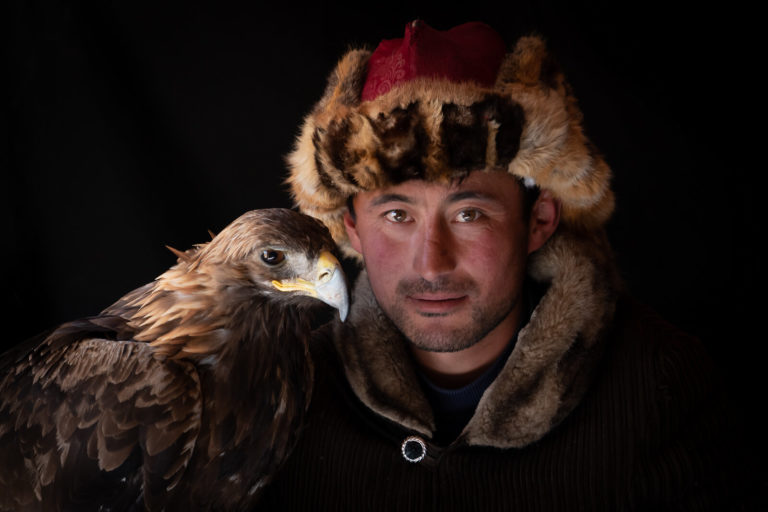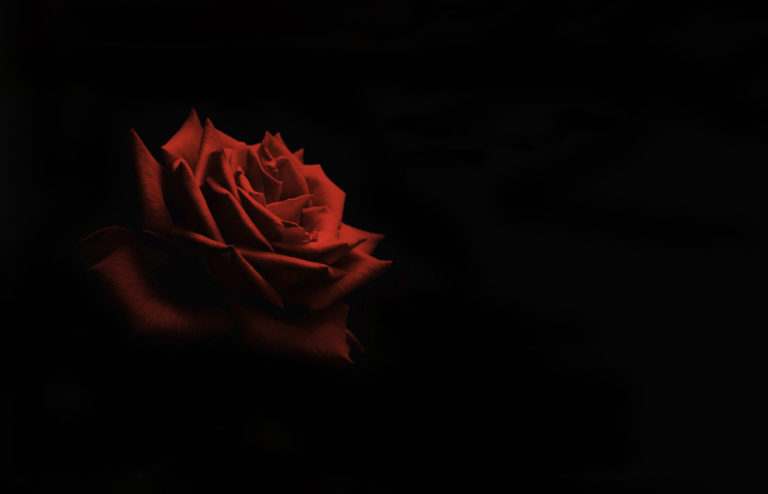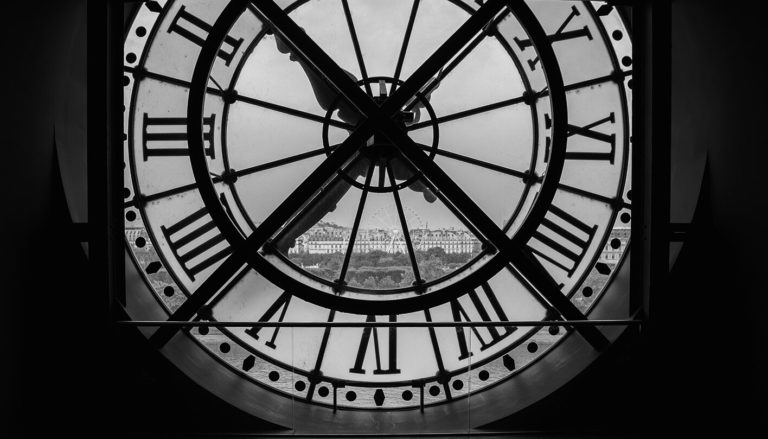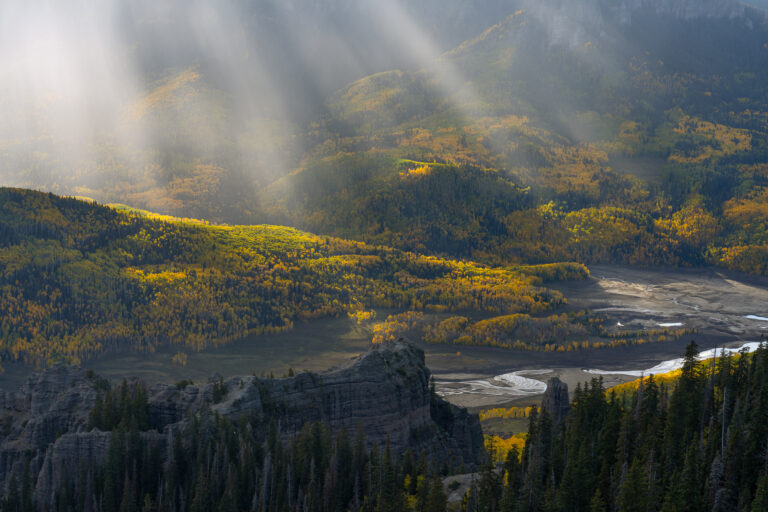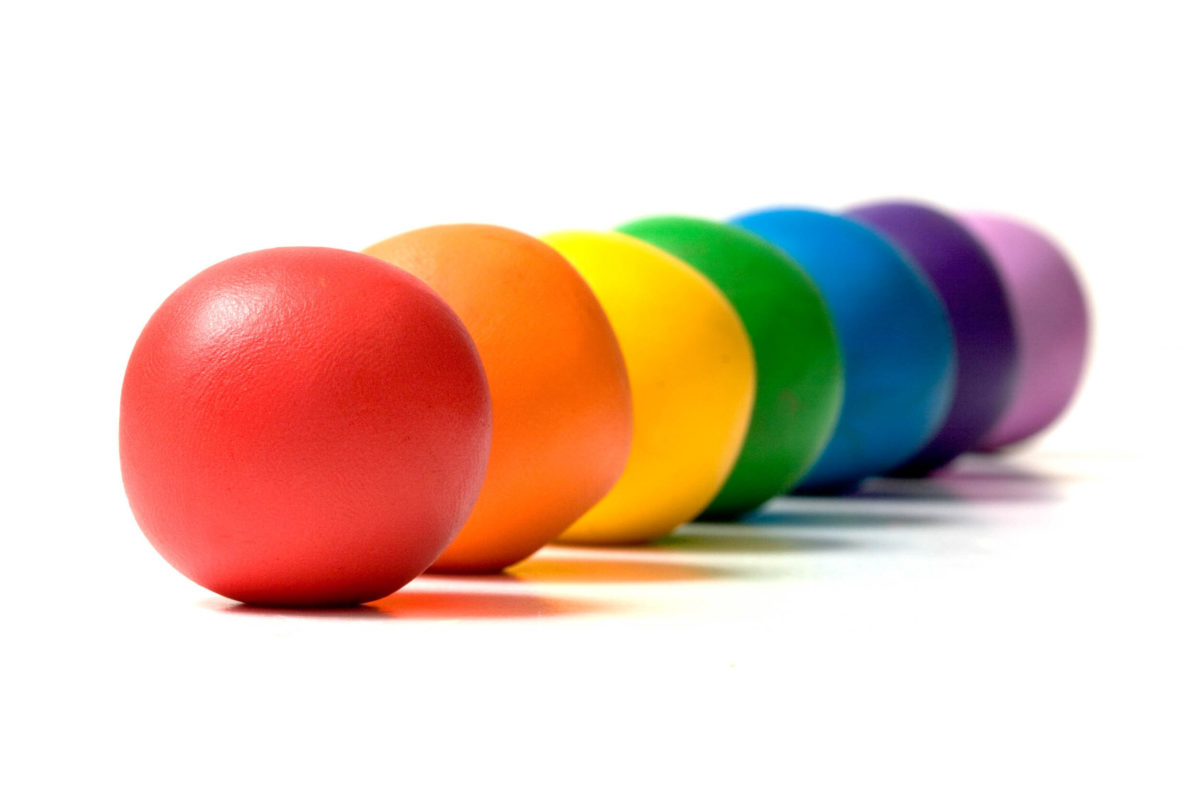
Still life photography can be a really fun challenge, and the good news is that you already have what you need in your very own home! You can use fruits, shells, flowers for a more natural look, or you can use ordinary household items, too. The challenge comes from creating an artful arrangement that allows the viewer to study the objects closely without distraction. Some distractions might be the awkward placement or composition of the items. Also, lighting a still life can be a particular challenge.
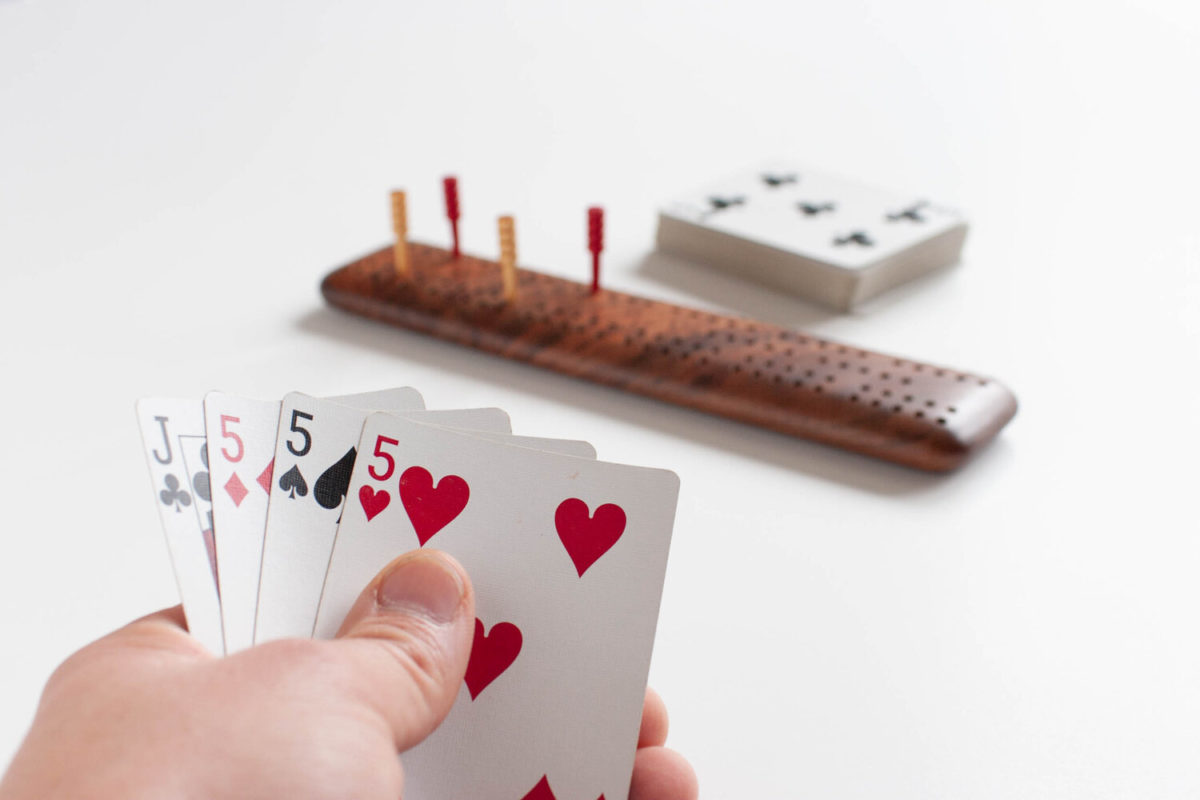
First, select your subject. Look for a group of objects that are connected in some way. You might use all antique items or items with similar shapes and colors or maybe they all fit a theme. Look for objects with some character. Sometimes it’s easiest to start with one object (such as a stack of old books), then add props (reading glasses and a cup of tea). Think about the mood you are trying to achieve.
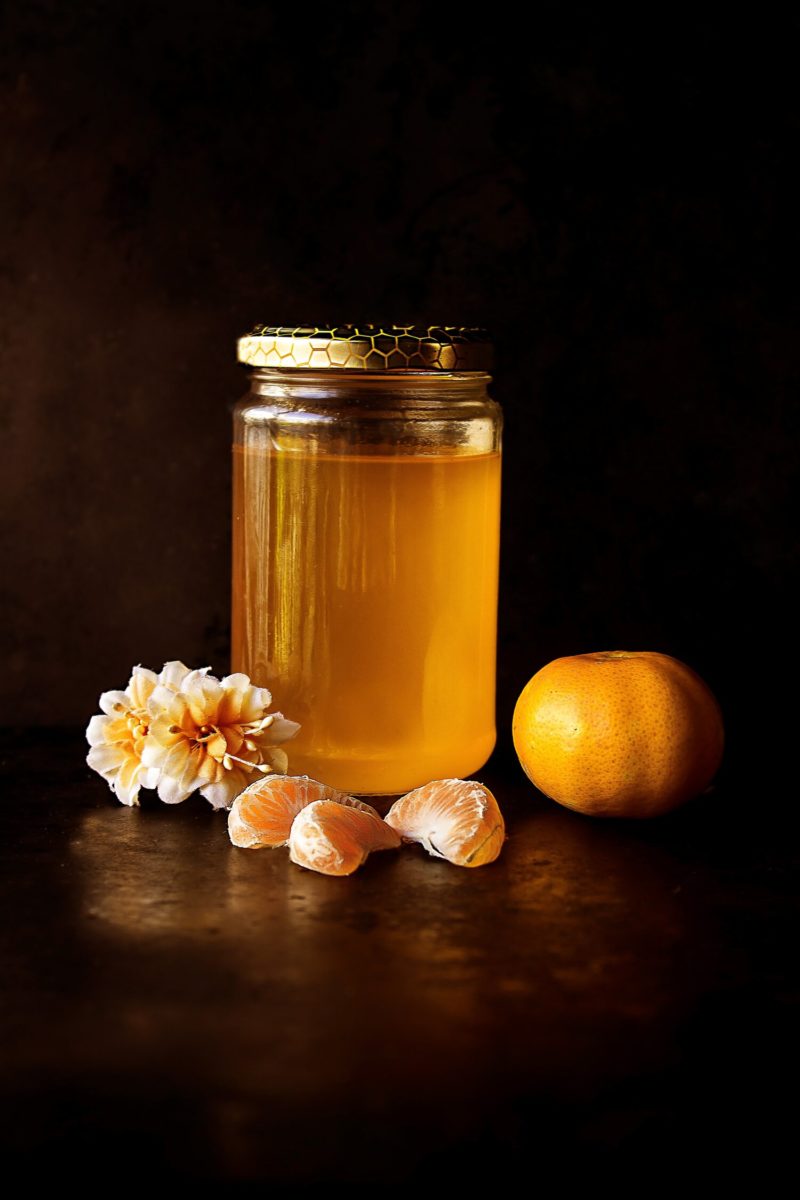
Choose your background. A plain background is usually best to avoid pulling the eye from the subject, but you can also add a bit of color or subtle texture. Black works well for moody scenes, and black velvet works well for a backdrop. Use a depth of field that is narrow enough to minimize inconsistencies in your background.
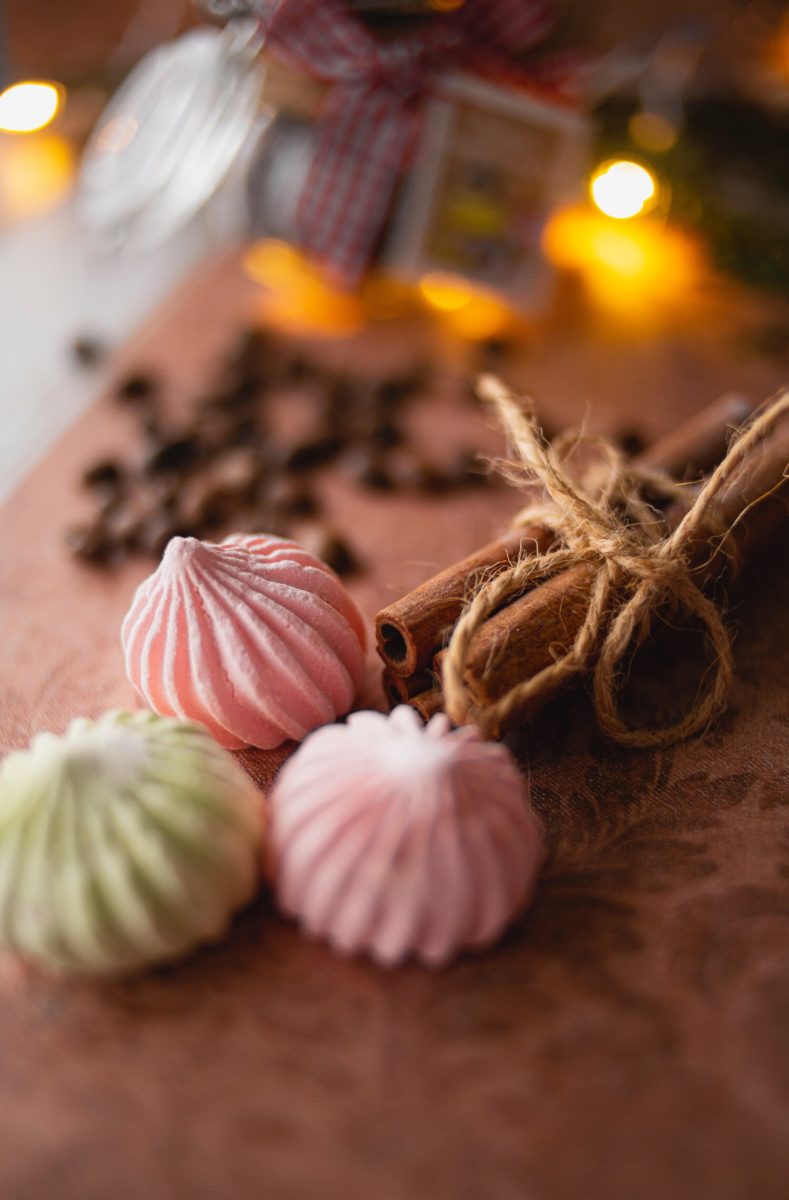
Consider your lighting. Soft, diffuse sidelight, such as natural window light, is usually best for still life photography. Sidelight brings out the texture and helps to create a sense of depth. If shadows are a problem, you can use a diffuser or a piece of translucent white fabric to soften the light. Low power flash, a reflector, or even tin foil taped to cardboard can bounce light into the image’s shadow areas.
Give still life photography a try, and share your creative compositions in Muench University! As always, constructive comments on others’ images are encouraged, and our pros will offer some helpful commentary as well.

